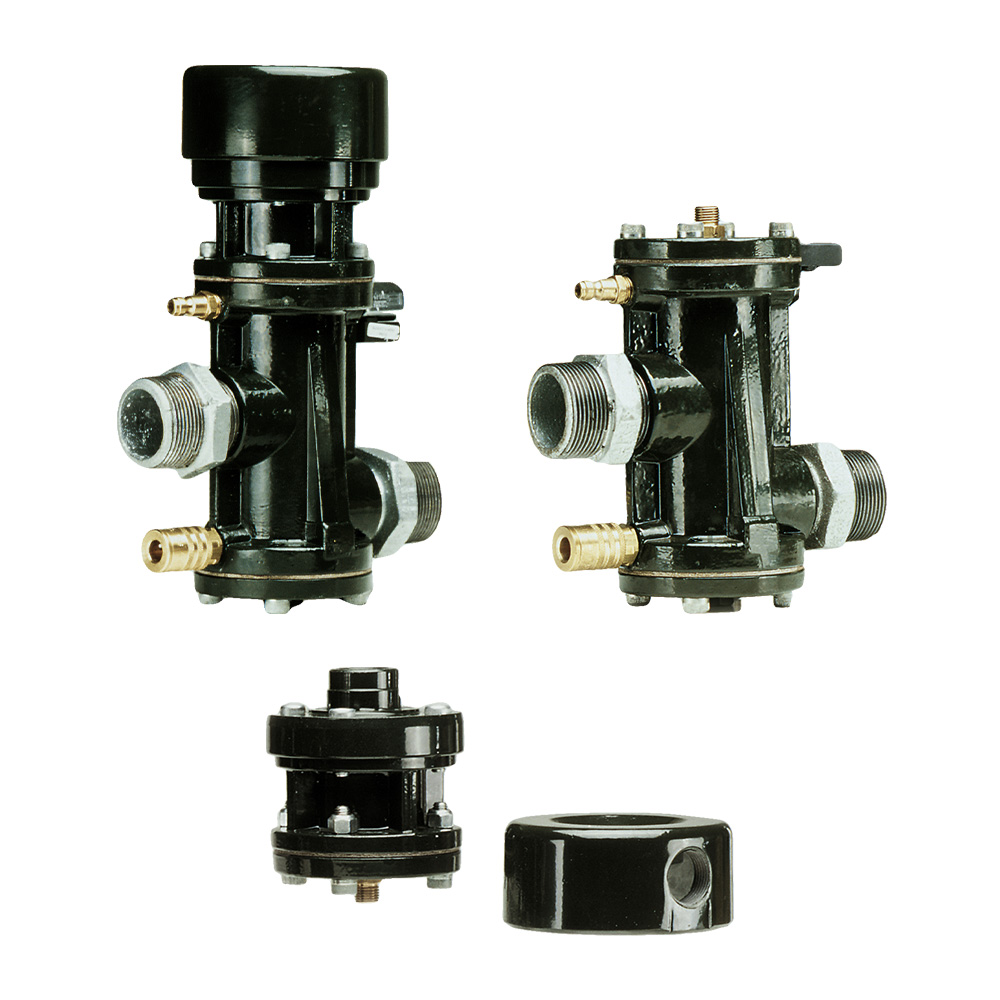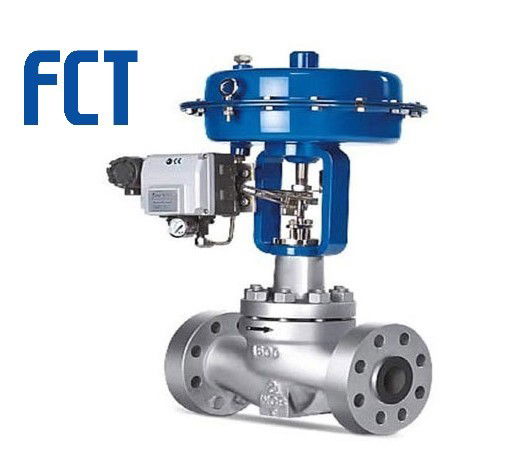
Maximize Power Cost Savings and Convenience With Advanced Structure Automation Controls
In the world of modern architecture and facility management, the assimilation of innovative structure automation regulates stands as a critical improvement. By harnessing the power of automation, structures can adjust, react, and advance in ways that were when inconceivable.
Energy Effectiveness Benefits
Power efficiency advantages can considerably reduce energy intake and functional prices in structures. By implementing energy-efficient techniques and innovations, building owners and operators can accomplish substantial cost savings while likewise adding to ecological sustainability. One of the main advantages of enhancing energy performance in structures is the reduction of energy costs. Energy-efficient systems, such as advanced structure automation controls, can maximize the use of sources like lights, heating, and cooling, bring about lower energy expenses with time.
Furthermore, enhanced energy effectiveness can extend the life-span of structure equipment and systems. By operating extra effectively, a/c systems, lighting fixture, and various other building parts experience less damage, resulting in reduced upkeep and substitute expenses. In addition, energy-efficient buildings frequently regulate higher residential property values and rental rates, supplying lasting financial benefits to owners.
Additionally, energy effectiveness can improve occupant convenience and efficiency. Effectively managed interior settings with optimum illumination and thermal conditions produce an even more favorable and pleasurable work space, bring about improved staff member complete satisfaction and performance. Generally, the energy performance advantages connected with sophisticated building automation controls are multifaceted, including cost financial savings, ecological stewardship, and passenger wellness.
Enhanced Convenience Control
Enhancing convenience control in building atmospheres calls for an advanced integration of innovative automation systems for optimum owner well-being. By making use of sophisticated structure automation controls, centers can tailor the indoor environment to fulfill the certain requirements and choices of owners. control valves.
By integrating these advanced controls, structures can not just enhance convenience yet likewise boost energy efficiency by maximizing system procedures based on real occupancy and usage patterns. Inevitably, focusing on occupant comfort via innovative automation systems leads to an extra satisfying and much healthier interior environment.
Functional Performance Improvements

In addition, the application of real-time monitoring and analytics devices makes it possible for building operators to recognize energy ineffectiveness and operational abnormalities immediately. By continually monitoring power use patterns and system efficiency metrics, changes can be made in real-time to maximize power usage and guarantee peak operational performance. control valves. Additionally, incorporating demand feedback strategies into building automation controls can further enhance operational efficiency by dynamically changing energy usage based on grid problems and rates signals
Indoor Environment Optimization
Efficient interior environment optimization is a basic element of structure automation controls, making sure occupants' comfort and wellness while maximizing power savings. By making use of advanced sensing units and controls, constructing automation systems can constantly adjust and keep an eye on temperature level, moisture levels, air high quality, and ventilation to create an ideal indoor atmosphere. Keeping comfortable more helpful hints and constant problems not only enhances occupant fulfillment but likewise enhances performance and total well-being.
Interior environment optimization also plays an essential duty in energy efficiency. By fine-tuning home heating, air conditioning, and air flow systems based upon real-time data and occupancy patterns, building automation controls can considerably minimize energy consumption - control valves. For circumstances, implementing strategies such as demand-controlled air flow and thermal zoning can aid decrease power waste while guaranteeing that each location of the structure gets the needed conditioning.

Lasting Atmosphere Production
Structure automation regulates not just optimize interior environment problems for energy effectiveness and owner comfort but likewise lay the structure for creating a lasting atmosphere via tactical management of systems and sources. By integrating innovative building automation technologies, such as sensing units, actuators, and intelligent software application, facilities can monitor and change power usage in real-time to decrease waste and minimize their carbon impact. These systems allow anticipating upkeep, recognizing prospective issues before they intensify and optimizing tools efficiency to boost durability and effectiveness.
Additionally, sustainable atmosphere production prolongs beyond power monitoring to incorporate water preservation, waste reduction, and indoor air high quality improvement. Building automation controls can manage water usage, discover leaks, and ensure proper garbage disposal practices, contributing to overall sustainability initiatives. Additionally, by checking and managing air flow and filtration systems, these modern technologies enhance resident health and performance while decreasing energy intake linked with a/c operations.
Verdict
In verdict, linked here advanced structure automation regulates offer significant advantages in regards to energy savings, convenience control, operational performance, interior environment optimization, and creating a lasting setting. By carrying out these controls, buildings can accomplish optimal performance while minimizing energy intake and boosting passenger convenience. It appears that using advanced automation technology is crucial in enhancing building efficiency and producing an extra lasting future.
Power efficiency advantages can substantially minimize energy intake and functional prices in structures. In general, the energy efficiency advantages connected with sophisticated structure automation controls are diverse, encompassing price financial savings, ecological stewardship, and passenger well-being.
In addition, incorporating need reaction methods right into building automation controls can better boost operational performance by dynamically adjusting energy usage based on grid conditions and prices signals.
Structure automation controls company website not just maximize interior environment problems for energy effectiveness and owner convenience but additionally lay the structure for creating a lasting atmosphere via strategic monitoring of sources and systems.In conclusion, progressed structure automation manages offer considerable benefits in terms of energy cost savings, comfort control, functional effectiveness, interior environment optimization, and producing a lasting setting.